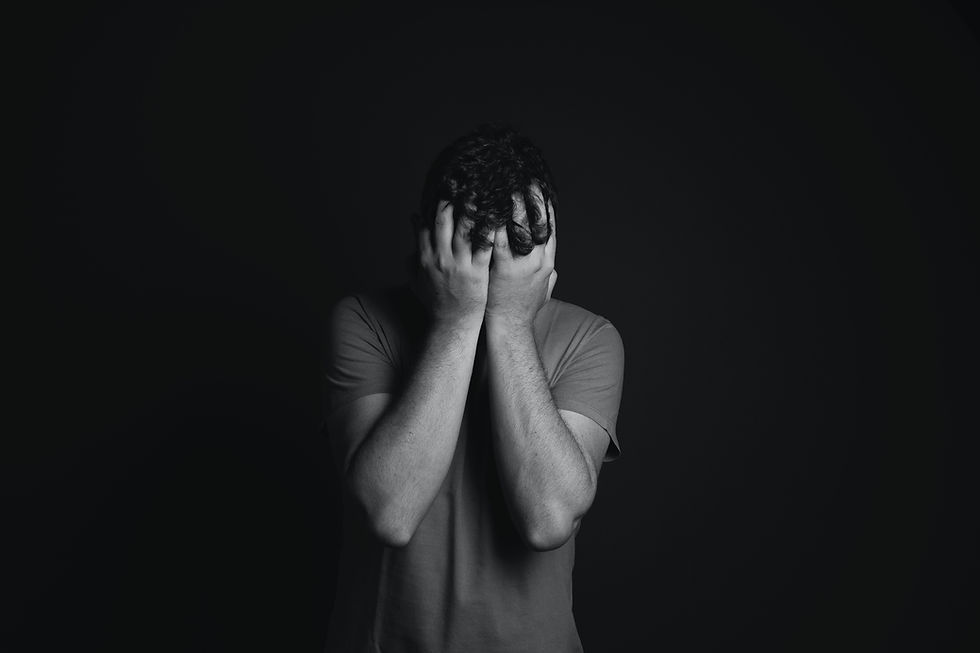The Unattainable Standard in Media
- Michelle Shipley

- Oct 12, 2020
- 3 min read
Updated: Aug 19, 2021
Not so flawless
From a young age, women are exposed to various media outlets. In these outlets, the ones that are shown most are stick thin, gorgeously airbrushed women. Adolescent women are at such an impressionable age that they begin to look at themselves and think; “Why don’t I look like this”?
From this unattainable standard, women are led to believe in order to be seen as beautiful, they must be thin.
The scrutiny to attain the unattainable can really damage our mental health. When we fixate on looking like the models in fashion magazines, it creates this idea that if we are not what they look like, then we are imperfect and not considered beautiful.
Not to mention, social media bombarding our feed with flawless models that are photoshopped. From this, women turn to extremes. Eating disorders form and the rise of excessive editing of photos starts, all to fit these society standards. Now, how do these images turn to mental health problems? Here’s how…
The extreme lengths…
The fashion industry and media industry alike have such a high standard for models to remain thin. Women that appear to be of average size will be deemed as plus size in the fashion world. The models are positioned to keep such a slender figure that they go to extremes in order to keep their job.
Eating disorders are so common within the fashion industry. Not only this, but impressional young women who idolise these models will attempt to follow in their footsteps to maintain a slender figure. Other mental health issues can consist of body dysmorphia or even depression from the constant push from society to fit a criteria that is unattainable.
A study found that even when undiagnosed, 3 out of 4 of the average American women suffered from disordered eating behaviors. According to the study 95% of women were dissatisfied with their body.
These numbers are not only alarming, but demonstrate how much pressure women in society feel to fit this ideal mould. In order to change internalised unhappiness with our body, the media must then externalise unrealistic expectations for women.
Working for change
Although many brands are behind, there are some brands that are working to change these awful statistics for women. Aerie, the American Eagle intimates brand promoted a vow to stop photoshopping their models back in 2014. Their sales have only increased since this and have promoted models of diverse sizes.
Demonstrating women that are not airbrushed and with realistic proportions can be truly impactful. Iskra Lawrence, an Aerie Brand ambassador and model told Us Weekly, “For many of them, it’s the first time they’ve had a positive shopping experience or have been able to relate to a mainstream campaign”. Brands like Aerie are working to fit the needs of their consumers in order to disrupt this beauty ideal.
It is difficult for us to not compare ourselves to what we see in the media. Advertisements today are a huge role in how we perceive ourselves and what is deemed “attractive”. With media overload, society is setting us up for failure and positioning males and females to work to an unattainable body type more likely than not, in very unhealthy ways. The media has so much power over our generation, so it’s time to see them use this power for good.
Laws at stake
One country that is ahead of its time is France. They have placed a law where it is illegal to employ any model with an unhealthy body standard. They also stated that if an image is photoshopped in order to have the model appear to be thinner, the magazine must state this in the advertisement.
This is an amazing breakthrough in the fashion industry and one can only hope that more countries will follow in their footsteps. Though it is controversial to some, the overall message is to empower these young models and audiences alike.
What the world needs now is for fashion brands to take charge of the problem. We no longer want to see a size 0 where imperfections are airbrushed away. What we want is real. We want to relate to this character and become inspired.
Most importantly, we do not want to feel bad about the reflection in the mirror, rather we wish to see the beautiful person before us.



Comments